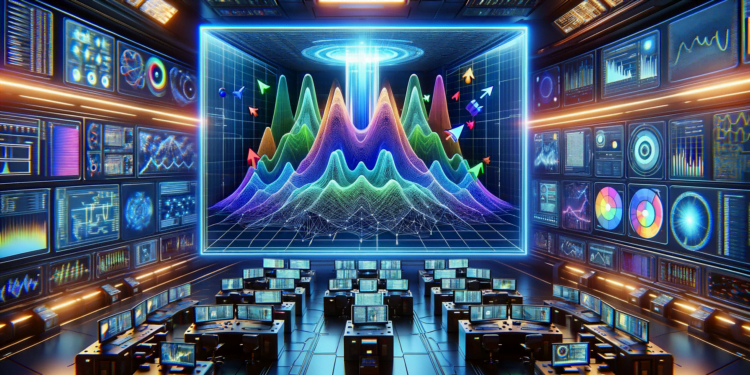The field of Artificial Intelligence (AI) is constantly bubbling with activity, where key concepts and advanced techniques progress at a dizzying pace. One of these essential techniques in machine learning is “Batch Gradient Descent.” In this article, we will delve into the advanced and recent technical aspects of Batch Gradient Descent, from its theoretical underpinnings to its emerging practical applications and the latest advances in algorithms.
The Fundamentals of Batch Gradient Descent
Gradient Descent is an optimization algorithm used to minimize a cost or loss function in machine learning and neural networks. It is employed to iteratively update a model’s parameters in order to minimize the loss. Batch Gradient Descent is the variant of Gradient Descent where the gradient calculation and parameter update are performed across the entire training set.
Practical Applications
Using this technique, we can train complex models, from linear and logistic regression to deep neural networks. It is especially useful in scenarios where the cost function is convex or moderately non-convex, ensuring a more stable convergence toward the global or local minimum.
Recent Algorithms
Variations of Batch Gradient Descent have been developed, such as Mini-Batch Gradient Descent, which uses subsets of the data to speed up the convergence process and make it more memory-efficient. Algorithms like Adam (Adaptive Moment Estimation) or RMSprop have enhanced the efficacy of traditional Batch Gradient Descent, allowing for quicker and more stable learning.
The Impact of Batch Gradient Descent
Today, this technique has become fundamental in AI model optimization, having a significant impact on both academic research and industrial applications, such as speech recognition, computer vision, and natural language processing.
Economic and Social Effects
By enabling AI models to learn efficiently, Batch Gradient Descent has positively influenced economic sectors that depend on predictive analysis and automated decision systems. Its applications range from personalized medicine to the optimization of logistic routes, bringing significant economic benefits and improving social welfare through smarter and more customized services.
Case Studies and Future Outlook
We will analyze relevant case studies. For instance, in the automatic detection of diseases through medical imaging, Batch Gradient Descent has enabled the training of neural networks to identify subtle patterns undetectable to the human eye.
Looking to the future, it is anticipated that algorithms derived from Batch Gradient Descent will continue to evolve, enabling faster and more reliable machine learning. This progress could result in a new generation of AI systems capable of autonomous learning with unprecedented efficiency.
Conclusions
Batch Gradient Descent remains a cornerstone in optimization during AI model training. As research advances and practical applications multiply, its relevance is cemented; it is crucial for professionals in the field to stay updated on these methodologies.
We invite readers to continue exploring and contributing to the development of AI technologies, recognizing that methods like Batch Gradient Descent are essential to forge the path forward in this exciting and dynamic landscape of artificial intelligence.






















